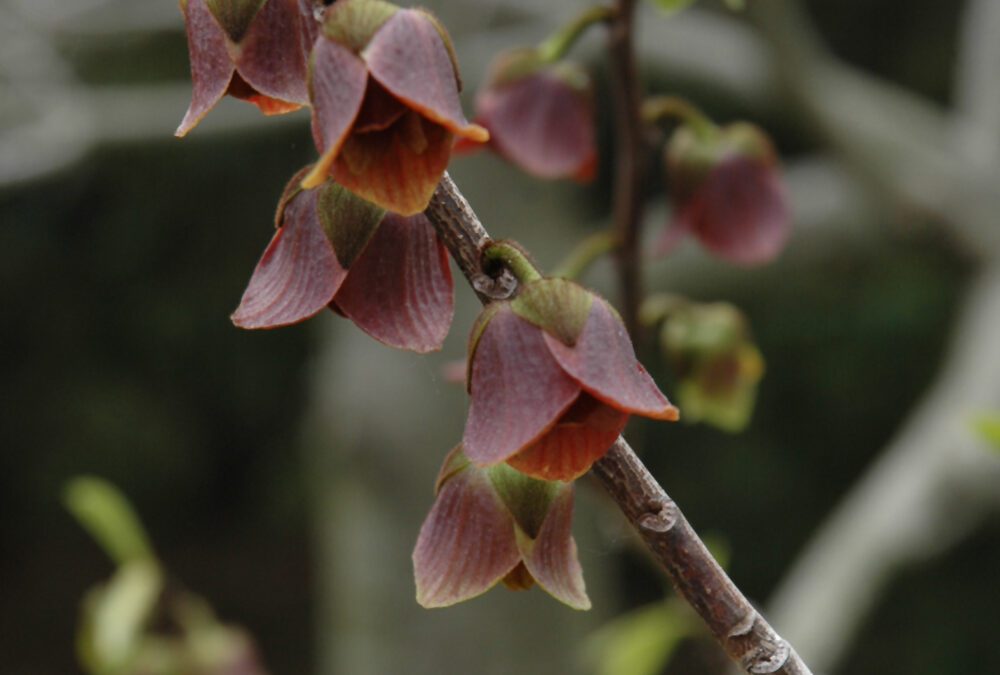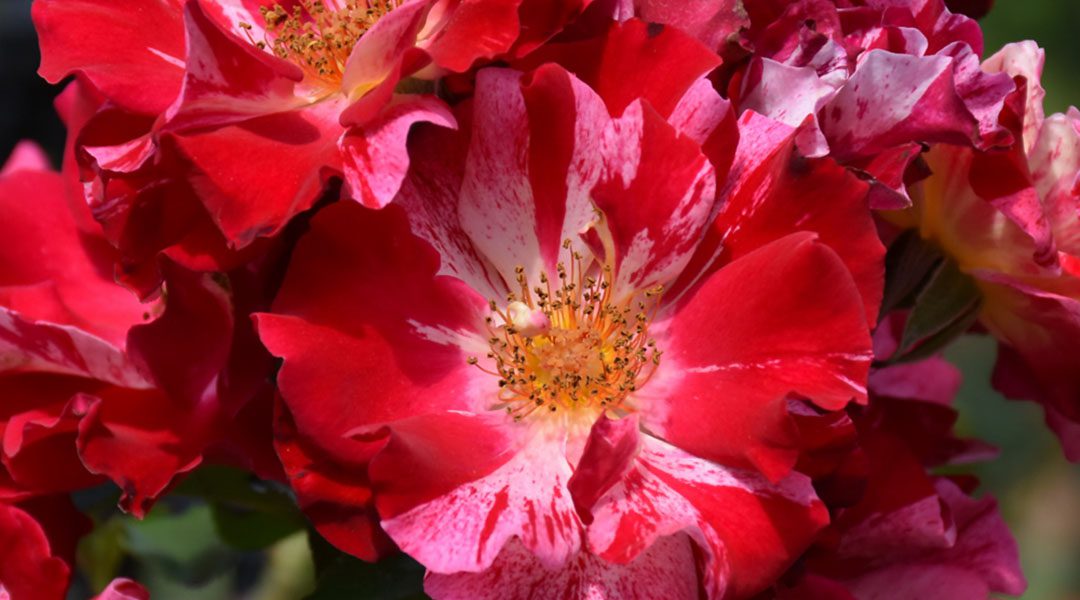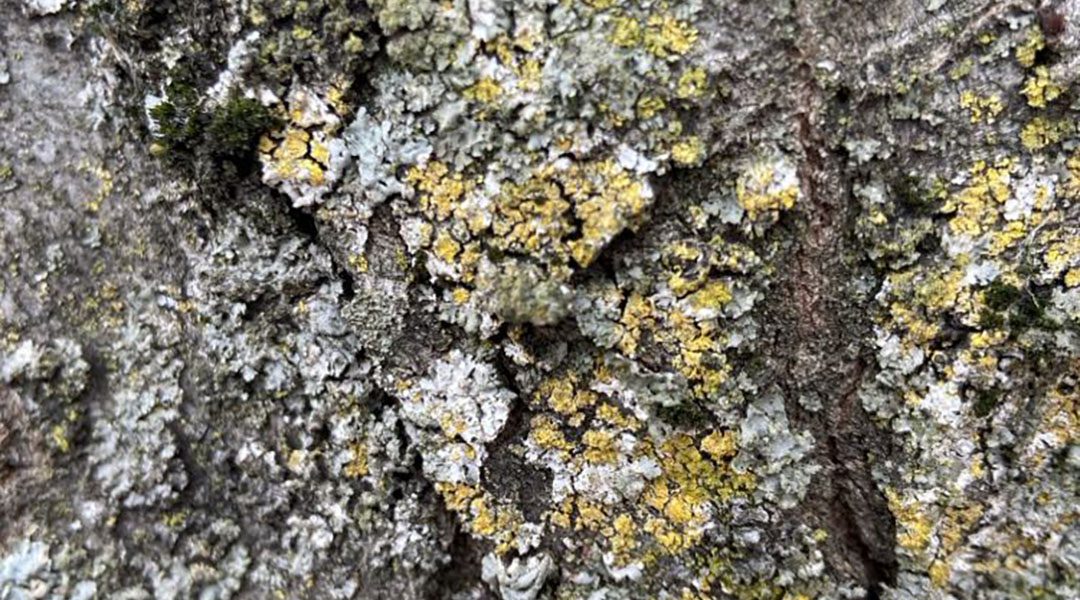What Is a Common Pawpaw Tree? The Common Pawpaw (Asimina triloba) is a native North American fruit tree known for producing custard-like tropical fruit—right in your own backyard. With flavor notes...

$12.99
Prince of Orange Philodendron – A Royal Touch of Vibrant Foliage
The Prince of Orange Philodendron is a striking tropical houseplant that commands attention with its vivid, sunset-hued foliage. Known for its bright orange new leaves that mature into shades of deep green, this plant brings a dynamic splash of color to your indoor garden. With its compact size and low-maintenance care requirements, the Prince of Orange is perfect for adding a bold and regal touch to any home or office decor.
The Prince of Orange Philodendron is more than a plant—it’s a living statement piece. Its vibrant foliage and easy-care nature make it a standout addition to any indoor space. Whether as a centerpiece or part of a lush tropical display, this plant brings energy, style, and a touch of royalty to your decor.
Add the Prince of Orange Philodendron to your collection and enjoy its ever-evolving beauty and regal charm. It’s a stunning and versatile houseplant that will brighten your space effortlessly.
Visit our Bloomingdale, IL or Carpentersville, IL stores for local pickup!
Agotado
More for You

What Is a Common Pawpaw Tree? The Common Pawpaw (Asimina triloba) is a native North American fruit tree known for producing custard-like tropical fruit—right in your own backyard. With flavor notes...

When it comes to adding romance, drama, and vertical beauty to a garden, climbing roses are a timeless choice. With their arching canes and generous blooms, they bring old-world charm to fences,...

If you've noticed crusty, leafy, or even beard-like growths on your trees and shrubs, you might have wondered if they’re harmful — perhaps a type of fungus or mold. The good news? These curious...